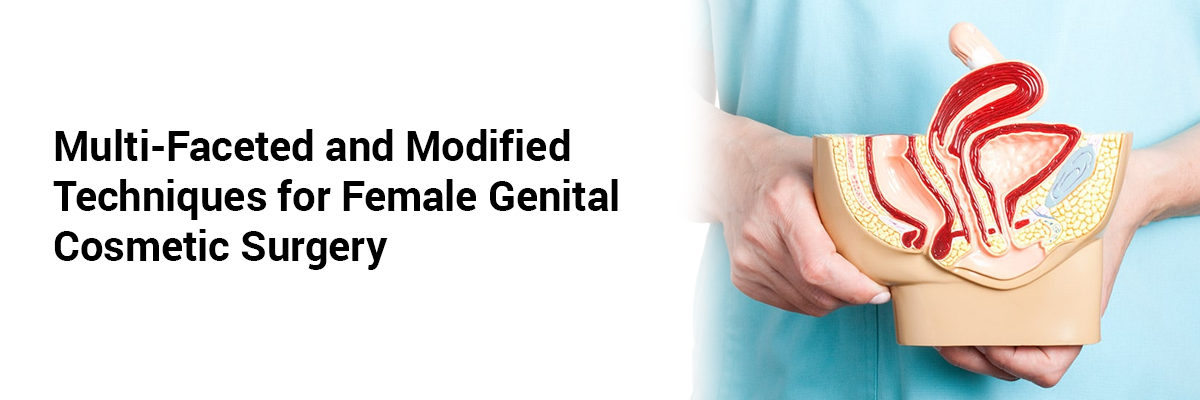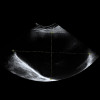
Multi-Faceted and Modified Techniques for Female Genital Cosmetic Surgery
The demand for female genital cosmetic surgery (FGCS) has risen significantly in recent years due to advancements in surgical techniques and increased awareness of women's aesthetic and sexual well-being.
A recent systematic review conducted by three independent researchers aimed to examine the latest surgical techniques and emphasize the need for evidence-based training to minimize complications. This study entailed an analysis of MEDLINE, EMBASE, Global Health, Cochrane Database of Systematic Reviews, Cochrane Central Register of Controlled Trials, and Cochrane Methodology Register databases to identify relevant trials published until the 1st of April 2024.
Labiaplasty – one of the most common FGCS procedures, reduces excess labial tissue using techniques designed to enhance aesthetic outcomes while minimizing complications. Vaginoplasty strengthens the vaginal walls and addresses structural concerns, whereas perineoplasty repairs perineal trauma by restoring the perineal body and rectovaginal fascia. Additional procedures include labia majora augmentation, mons pubis surgery, clitoral hood reduction, lipofilling, and hymen reconstruction.
Labia minora hypertrophy can cause discomfort, irritation, and psychological distress. Patient satisfaction rates for labiaplasty range from 94-100%. Cultural differences influence perceptions of FGCS, with Eastern women prioritizing function over aesthetics.
Current guidelines emphasize the importance of evaluating the patient's motivations before proceeding with labiaplasty. When treating adolescent patients considering labiaplasty, gynecologists should be well-versed in non-surgical alternatives that enhance function and appearance.
The edge resection technique may lead to scarring, discoloration, and loss of natural contour due to chronic friction with clothing. Alternative techniques have been developed to mitigate such outcomes, such as the W-shaped resection by Maas and Hage––which employs interdigitated suturing to reduce wound dehiscence and preserve sexual function. Other methods, including S-shaped resection and Z-plasty, are employed to prevent scar contraction and chronic irritation.
For patients with excessive clitoral hood prominence, a fusiform excision may be performed to expose the protruding tissue. The wedge resection technique is widely preferred because it maintains the natural labial shape and coloration.
An adaptation, the central wedge resection technique, involves making Z-shaped incisions at 90-degree angles on both labial surfaces – allowing for precise excision and reapproximation. This method is sometimes combined with clitoral hood reduction to achieve symmetry. Alternative modifications, such as the butterfly open-wing technique and non-parallel closure lines, have been introduced to improve outcomes and minimize scar contracture.
The extended central wedge resection technique addresses concerns such as suture separation, redundant clitoral tissue, and postoperative pain. For patients with inferiorly wider labia minora, the inferior wedge resection technique offers a satisfactory outcome in 93% of cases.
The posterior wedge resection technique focuses on preserving the natural pigmentation and texture of the labia minora. The de-epithelialization technique involves removing the epithelial layer from the central labia minora to reduce volume while preserving the natural edge. Subsequent modifications, such as – separate suturing of the inner and outer labial surfaces, maintain contour. Composite reduction labiaplasty integrates labial tissue reduction with clitoral hood modification, addressing concerns such as clitoral protrusion. This approach can enhance sexual function in approximately 35% of patients due to improved clitoral positioning.
Each labiaplasty technique presents unique advantages and challenges, necessitating a patient-centered approach tailored to individual anatomical and functional needs. Advances in surgical methodologies continue to refine outcomes, emphasizing both esthetic and functional preservation.
Source: Buzzaccarini G, Degliuomini RS, De Rosa L, et al. Internl J Gynec & Obst. 2025.








Please login to comment on this article